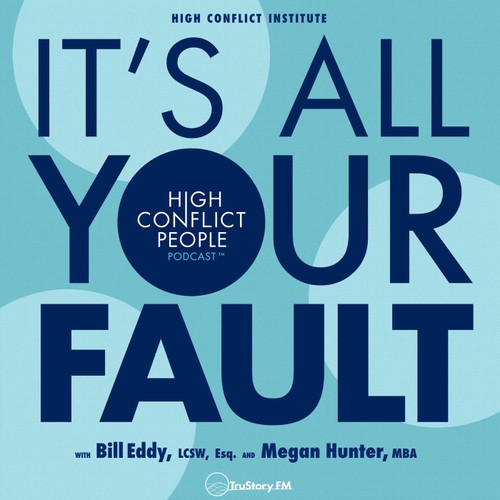
 It’s All Your Fault: High Conflict People
It’s All Your Fault: High Conflict People World of Bullies #2: Unmasking Bullies in the Workplace and Mediation with Michael Lomax
Jun 13, 2024
Guest Michael Lomax, co-founder of High Conflict Institute, discusses workplace bullying and mediation. Key topics include identifying bullies' characteristics, handling bullying allegations, and strategies for managing high conflict personalities in professional settings.
Chapters
Transcript
Episode notes
1 2 3 4 5 6
Intro
00:00 • 4min
Understanding and Addressing Workplace Bullying
03:41 • 18min
Navigating Workplace Bullies and Mediation Challenges
21:59 • 3min
Handling Workplace Bullies in Mediation
24:50 • 12min
Analyzing Predictable Behavior of Workplace Bullies and Drawing Parallels to Kindergarten Bullies
36:43 • 3min
Navigating Workplace Bullies and a Sneak Peek into Bullying within Families
39:34 • 2min
